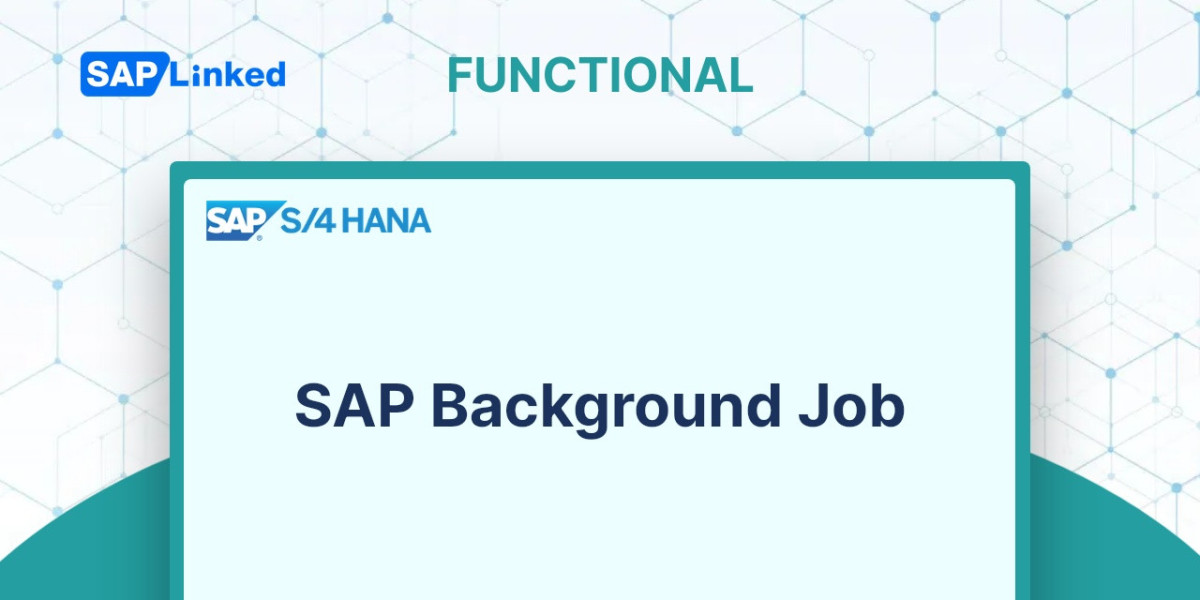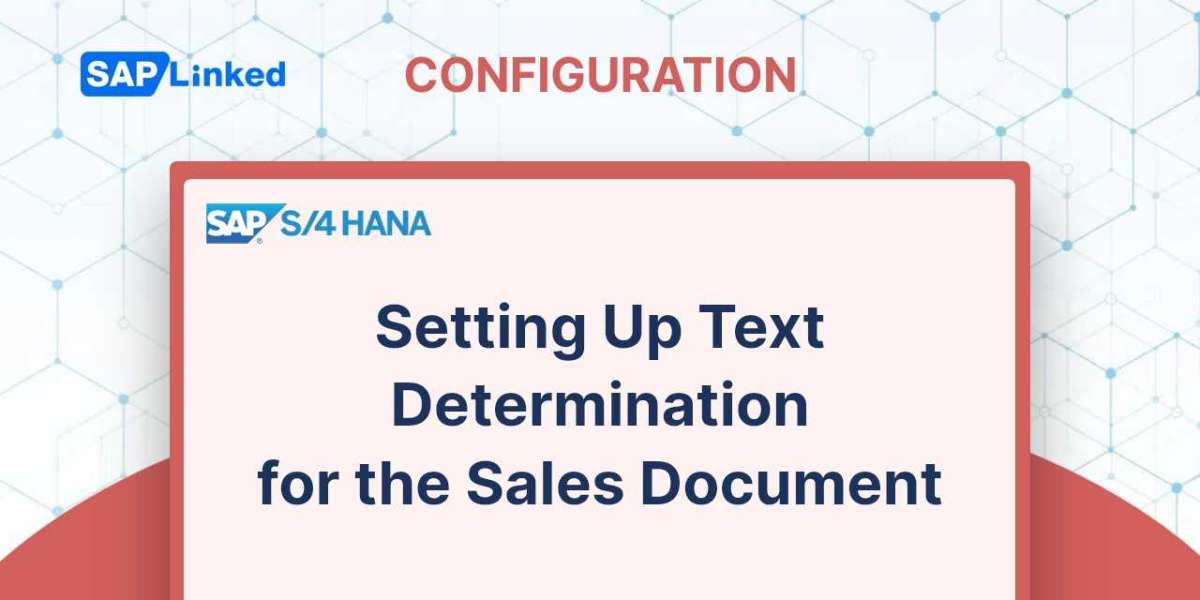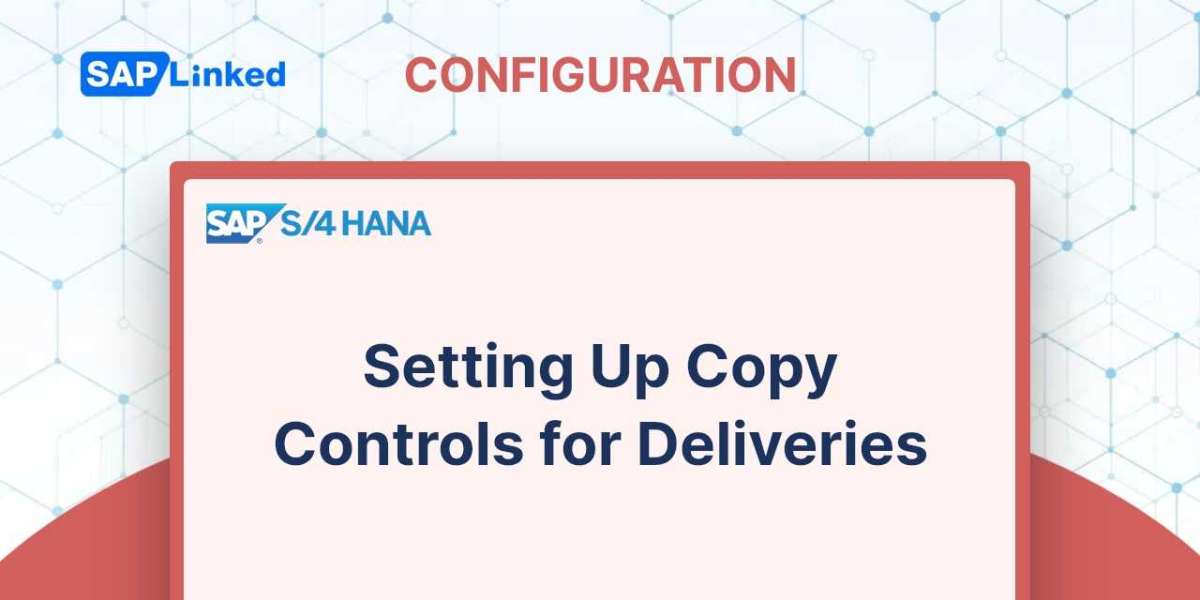The following screen will appear when you log into SAP or start a new session.

Let's analyze the different screen components:
SAP Menu Bar:
Changes from one screen to another. You follow a menu path to access a function or a transaction.
Standard Toolbar:
A user can access the SAP Application more rapidly by using icons such as "Save," "Back," "Exit," "Cancel," "Print," "Find," "Find Next," "Page up," "Page down," and "Help" on the standard toolbar.
General Icons and their Description:
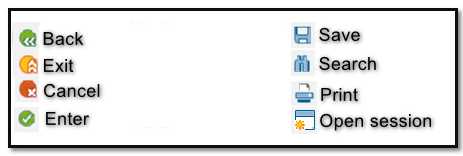
Application toolbar:
Provides you with the icons and buttons appropriate to the business operations occurring on the screen.
Command Field:
In SAP, the command field is the small white window at the left of the standard toolbar. Utilizing this field with the use of the transaction code, you can get directly to the application screen without using menu navigation.
Some of the common commands that you will use in the command field are:
- n instructs SAP to begin a new transaction and exit the one you are currently in. If the user does not indicate the t-code, SAP directs the user to the SAP Main Screen. The t-code you enter tells SAP which new T code the user wishes to run.
- /o this command starts a new SAP session in the application area indicated by the t code that comes after it. The user's active application session continues exactly where it left off. The user's active server logon is still connected to the second SAP window that is opened by the /o command.
- /I is another option for ending or logging on to a SAP session. If you enter /I without a stated argument, SAP will close your current SAP session and remove you from the user's current application area.
Command Line History List:
The user will notice a down arrow to the right of the command field when they place their mouse pointer there. Just click it. The commands you have entered across all of your sessions during the current logon will be listed by SAP.
If you frequently use the same commands during a session, simply click the down arrow, choose the command from the history list, and then press Enter. The user will be directed to the main screen for that t-code by SAP.

SAP User Menu (transaction code):
The SAP User Menu is customized to the individual user's requirements. It contains all transactions related to a user, organized into appropriate folders.
SAP Status Bar:
The status bar, which offers details about the user's current SAP session, can be found at the bottom of every SAP screen. The majority of the bar is set aside for messaging. The status bar displays helpful session statistics at the rightmost part of the bar in addition to messages. The SAP Status Bar does not change between the screens.
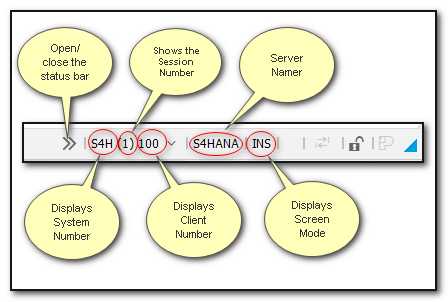
The following list of important information are stored in the status bar:
- System Number: This three-character field, also known as the instance number, informs the user of the specific SAP system to which they are logged in. The system number "S4H" is referenced in the screen above.
- Session Number: This component informs the user the session they are currently logged into. The user in SAP has the ability to manage many sessions from a single host logon. The user will be informed if they are working on alternate sessions if this value is anything other than 1.
- Client Number: When you log on, a client number is given. Here, 100 refers to the client number as shown on the screen above. It aids the user in verifying that the proper client has been accessed.
- Server Name: The user may find out which server they are connected to for this SAP session by looking at the server name.
- Screen Mode: When data is entered on the screen, SAP functions in an Overwrite (OVR) or Insert (INS) mode, just like the other apps. If a user ever has trouble finding the data to enter in the SAP field, they should verify their screen mode.
Application Messages:
SAP sends out a variety of message kinds to alert users and instruct them on the best way to proceed.
Some of the typical SAP message types that an user receives are given below:
- I (information): The user must acknowledge this kind of message in order to make them aware. Simply hit "Enter" to continue.
- W (Warning): This type of notification alerts the user that some information needs to be changed. For instance, the document's billing date was previously. However, the user can still proceed; all they need to do is press "Enter" to get to the next step.
- E (Error): This kind of notification prevents a user from continuing processing till the user doesn't take the necessary corrective action.
- A (Abort): These system notifications halt further processing by the system.

